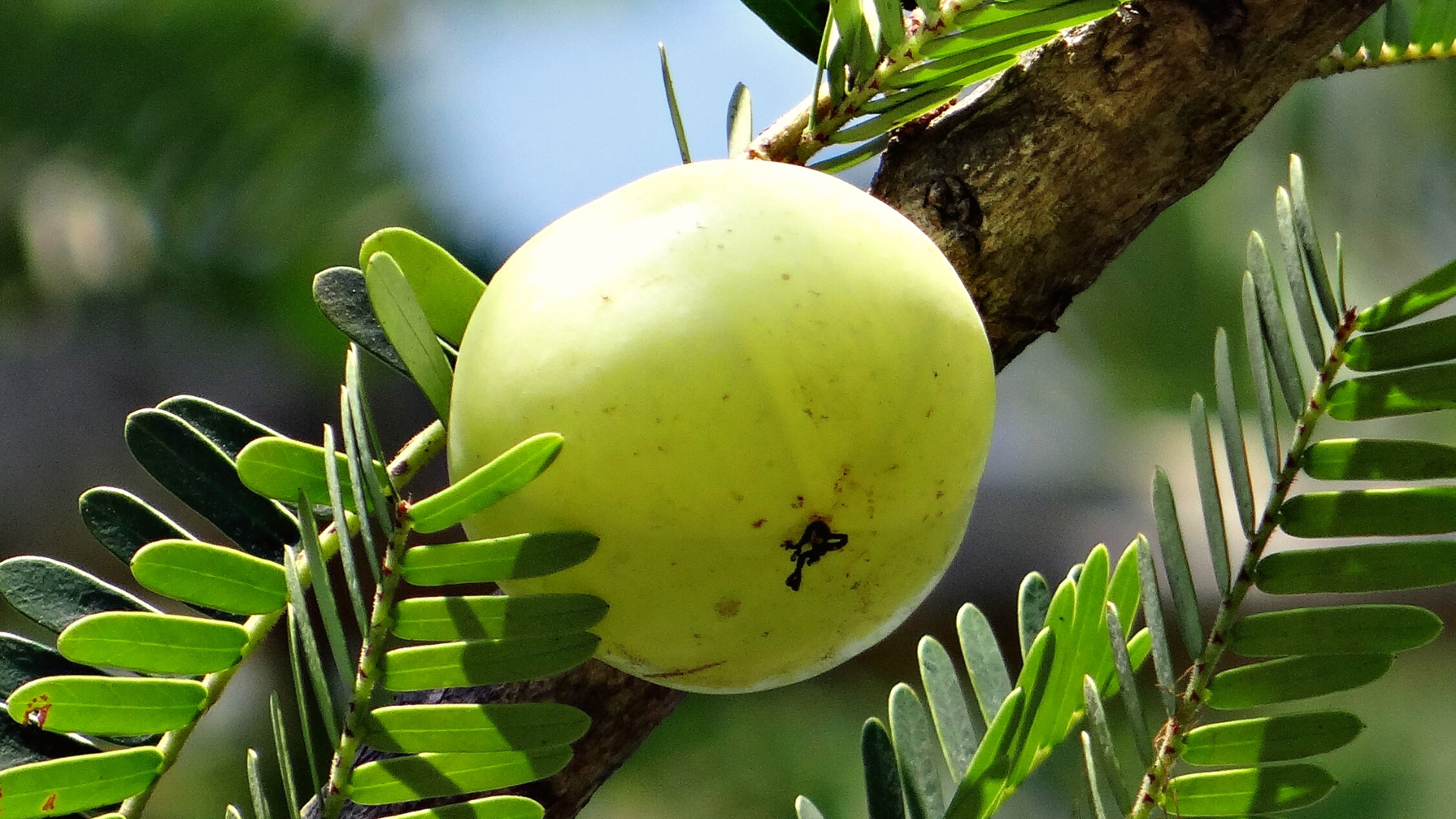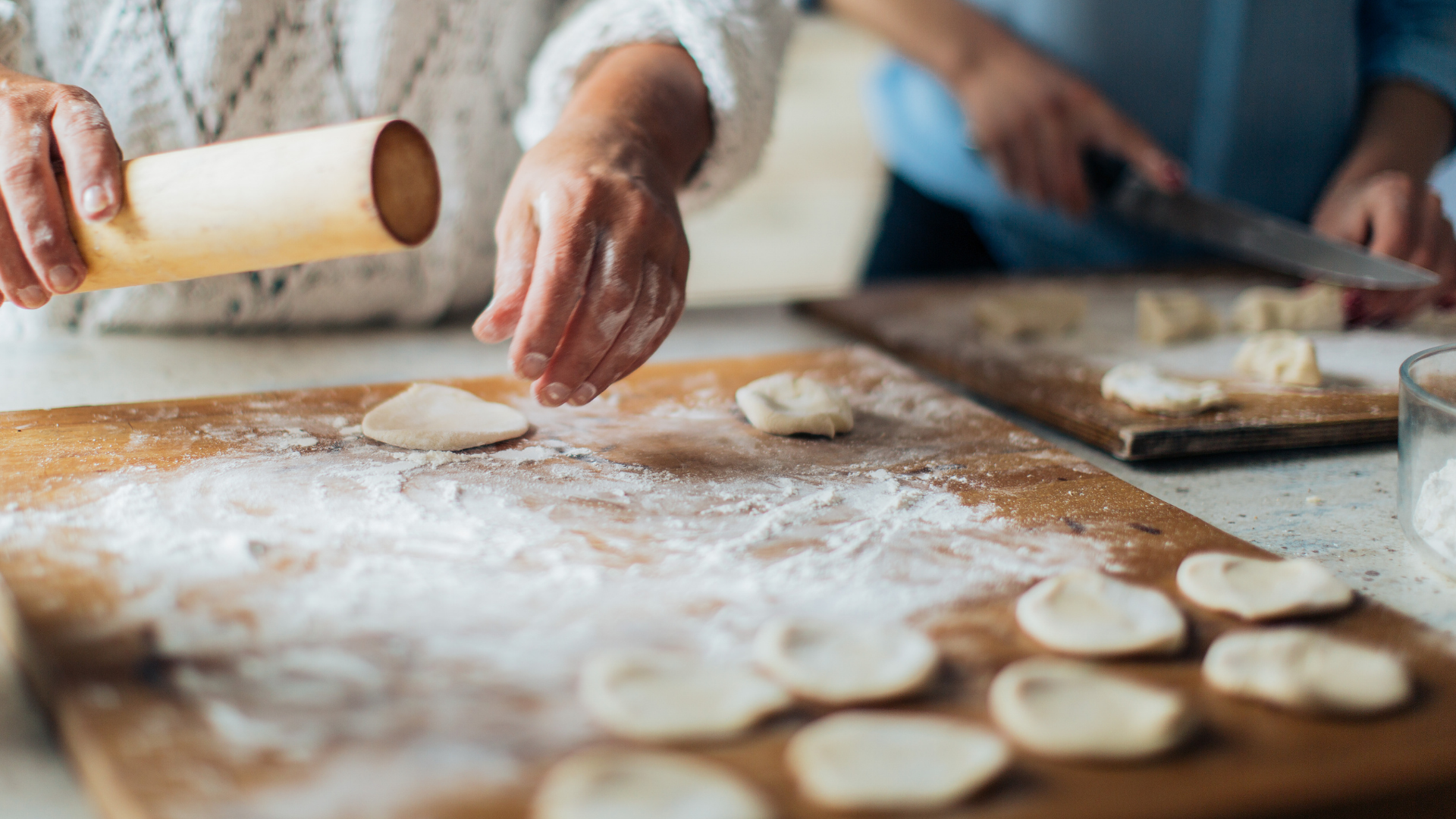What are GMO foods and how does it affect us in terms of health and well-being? GM or GMO stands for Genetically modified, where the ingredient or food has been altered at the genetic level. This is not done in nature but in labs, by us humans.
What is the reason behind genetic modification. The objective is to make the crop more resilient to withstanding pest attacks, greater output in terms of production or size and quicker growth rate.
At the end of it, translates to monetary benefits.
With regard to soybean however, the non-GMO variety is the one that is used for human consumption whereas the GM soybean goes into livestock fodder.
Growing non-GMO soybean is not without its risks. It involves a high level of involvement in agriculture to ensure that the crop withstands specific pest attacks. The reason GM soybean came into effect in 1996 was to avoid the spraying of a specific herbicide and was developed by one particular company.
Non-GMO soybean however fetches better prices for the farmers because of the recurring demand, it keeps soil health in check and supports sustainable farming practices. The premium prices it can fetch does tend to back the farmer against the risks associated with growing non genetically modified soybean.
Soya beans are very high in protein and contain 8 amino acids. Adding soya beans to your diet in either bean form or as a flour can have tremendous health benefits.
RECIPE
Multigrain Masala roti

Emmer flour- 2C
Soya flour-2 Tbsps
Sesame seeds- 1 tsp toasted
Green chillies- 4 finely chopped
Onion- 1 finely chopped
Coriander leaves- 1 Tbsp finely chopped
Ghee- to cook
Salt to taste
Turmeric powder-¼ tsp
Dania powder-½ tsp
Jeera powder-½ tsp
Amchoor powder-¼ tsp
Water to make the dough
Curd- 3 Tbsp
Method
Take a large mixing bowl and mix together the emmer flour , soya flour, sesame seeds, salt and all the spice powders. Mix well.
Add the onion, green chillies and coriander and mix well.
Add the curd and mix using the fingers kept in a stiff claw like position. Move the hand in circles.
Once the curd is mixed in, add water little by little to make a soft dough.
Knead it well until it gives a nice springy texture.
Keep a little wheat flour on the side for rolling.
Make small rounds, dip it into the flour and roll it out to medium thickness.
Heat a cast iron tawa on low and add some ghee.
Place the masala roti and cook on both sides till golden.

Serve with butter or curd and pickle of choice.
https://www.northstargenetics.com/ca/2016/11/15/gmo-vs-non-gmo-soybeans-a-growing-debate/










